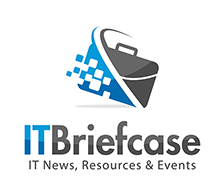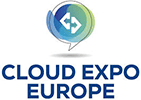Could AI be used to cheat on programming tests?
May 19, 2022 No CommentsPlagiarism isn’t limited to essays. Programming plagiarism — where a developer copies code deliberately without attribution — is an increasing trend. According to a New York Times article, at Brown University, more than half of the 49 allegations of academic code violations in 2016 involved cheating in computer science. At Stanford, as many as 20% of the students in a single 2015 computer science course were flagged for possible cheating, the same piece reports.
Measure of Software Similarity, or MOSS, has remained one of the most popular systems to detect plagiarism in software since its development in 1994. MOSS can analyze code in a range of languages including C, C++, and Java, automatically listing pairs of programs with similar code and highlighting individual passages in programs that appear to be the same.

 Inside the Briefcase
Inside the Briefcase











Sorry, the comment form is closed at this time.